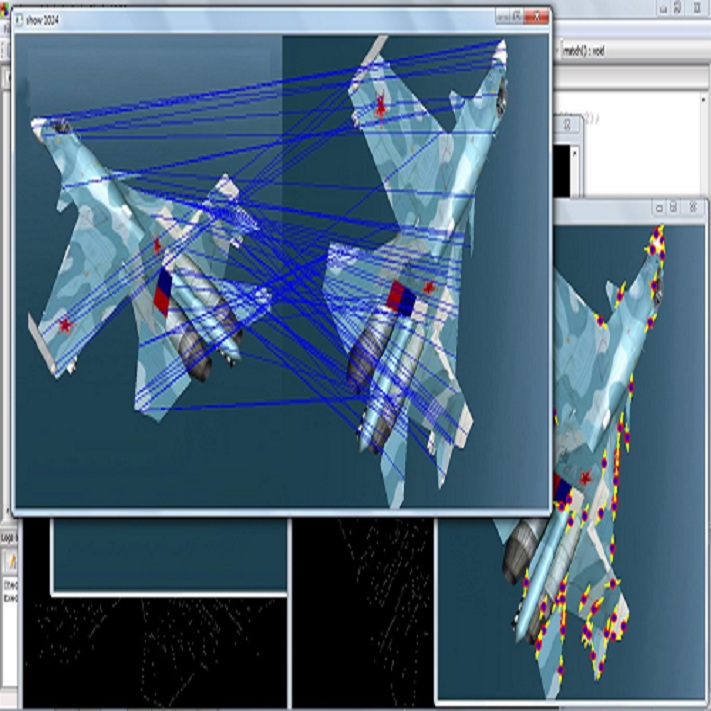
Data-driven deep learning approaches to image registration can be less accurate than conventional iterative approaches, especially when training data is limited. To address this whilst retaining the fast inference speed of deep learning, we propose VR-Net, a novel cascaded variational network for unsupervised deformable image registration. Using the variable splitting optimization scheme, we first convert the image registration problem, established in a generic variational framework, into two sub-problems, one with a point-wise, closed-form solution while the other one is a denoising problem. We then propose two neural layers (i.e. warping layer and intensity consistency layer) to model the analytical solution and a residual U-Net to formulate the denoising problem (i.e. generalized denoising layer). Finally, we cascade the warping layer, intensity consistency layer, and generalized denoising layer to form the VR-Net. Extensive experiments on three (two 2D and one 3D) cardiac magnetic resonance imaging datasets show that VR-Net outperforms state-of-the-art deep learning methods on registration accuracy, while maintains the fast inference speed of deep learning and the data-efficiency of variational model.
翻译:以数据驱动的图像登记深层学习方法可能不如常规的迭代方法准确,特别是在培训数据有限的情况下。为了解决这个问题,在保持深层学习快速推导速度的同时,我们提议VR-Net(VR-Net),这是一个用于不受监督的变形图像登记的新式连锁变异网络。我们首先使用变量分割优化方案,把在通用变异框架内建立的图像登记问题转换成两个子问题,一个是点向封闭式解决方案,而另一个则是一个分辨问题。我们然后提议两个神经层(即扭曲层和强度一致性层)来模拟分析解决方案和剩余U-Net(即普遍分解层)以形成解析问题。最后,我们把在通用变异差框架内建立的图像登记层、强度一致性层和一般分解异层叠成VR-Net。在三个(两个2D和一个3D)心脏磁共振动成像成像数据集上进行的广泛实验,显示VR-Net(VR-Net)超越了登记精确度的状态和深层学习方法,同时保持了登记效率数据快速学习速度。


